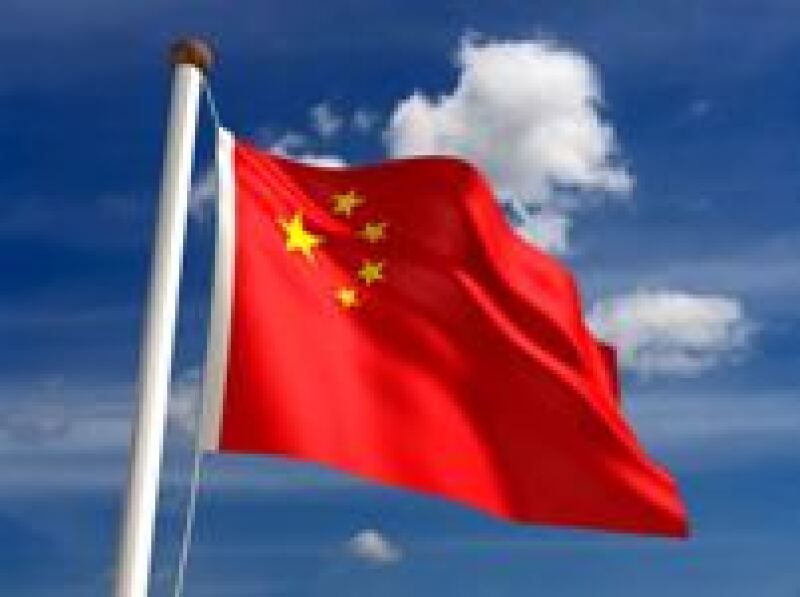
2007 has been an extraordinary and somewhat disturbing year in China when it comes to tax and transfer pricing. On March 16 2007, the much-awaited New Enterprise Income Tax was promulgated by the National People’s Congress and became effective on January 1 2008.
This law left many questions unanswered and these were clarified, in part, by the detailed implementation rules issued on December 6 2007 just a few weeks before the law came into effect. The law sets a tax rate of 25% and eliminates most holidays and incentives. To put it bluntly, the China holiday is over and tax planning is now a serious and urgent affair in the world’s third-largest economy.
Time is of the essence. Experience shows that in China, there is a lot of flux at the time a law passes and the local tax bureaus struggle to get comfortable with the new dynamic. During this period, it is possible to get an edge and to perhaps obtain concessions that may later on be difficult.
However, most companies frankly are reluctant to tamper with the current China model. But the handwriting on the wall is clear “higher taxes combined with tougher TP and PE enforcement.” Add to this volatile mix the fact that China has now become far more important and profitable than it was in the past and it is clear that is time to review and act.
Who needs to act?
Since a 10% withholding tax rate on dividends has been reinstated, everyone needs to review the holding structure of the Chinese entities to possibly take advantage of locations such as Hong Kong and Singapore, which have favorable treaties with China.
Multinationals who have waived fees and royalties on their China entities need to introduce these.
Multinationals paying fees and royalties out of China, need to examine whether the payment flows are optimal given the treaty alternatives.
Entities still on the traditional manufacturing model need to shift to contract manufacturing or even better to tolling to save on VAT, EIT and custom duties.
Multinationals whose China profits are above the benchmark need to act immediately to align these to the lowest acceptable arm’s length levels.
Intra-China alignment such as mergers need to be considered so as to avoid having excess profits in one entity and losses in another (since China still will not allow tax consolidation)
Multinationals with losses at home country level need to consider IP migration to China to avoid paying taxes in China that cannot be credited at home.
Multinationals with tax-efficient but risky structures (for example, using sales agents with tax-haven principals) need to immediately develop and implement defensive strategies.
Entities that are without any documentation, need to equip themselves for possible audits.
Multinationals with more than 10 entities need to explore strategies to minimise compliance costs associated with preparing documentation such as use of shared comparables.










